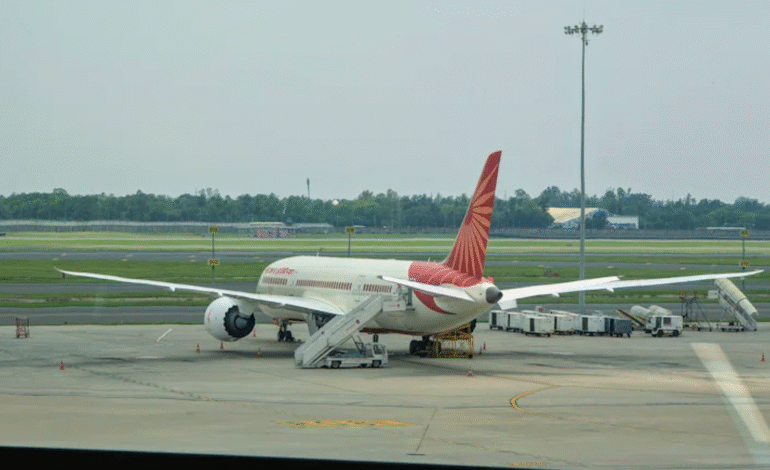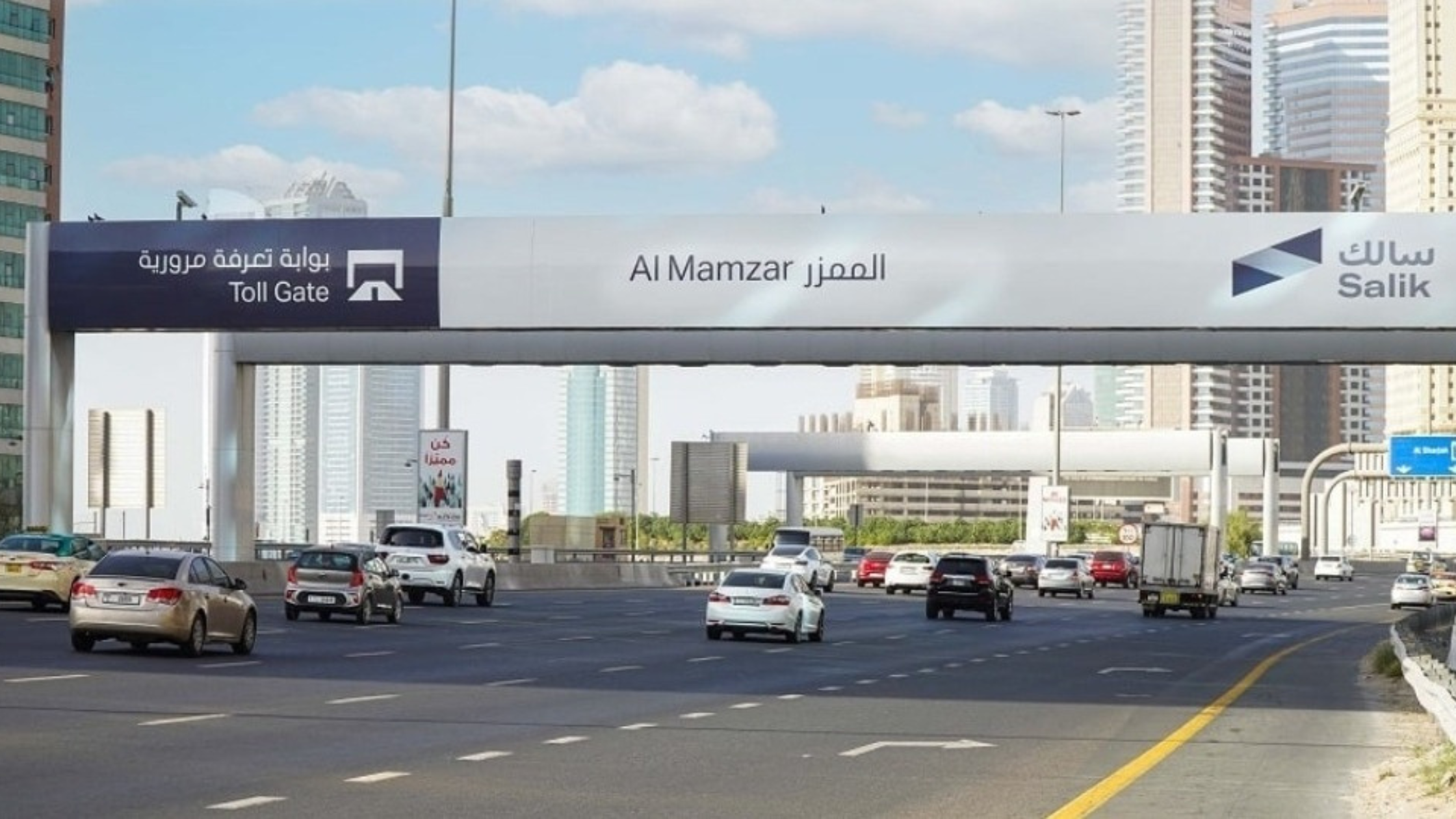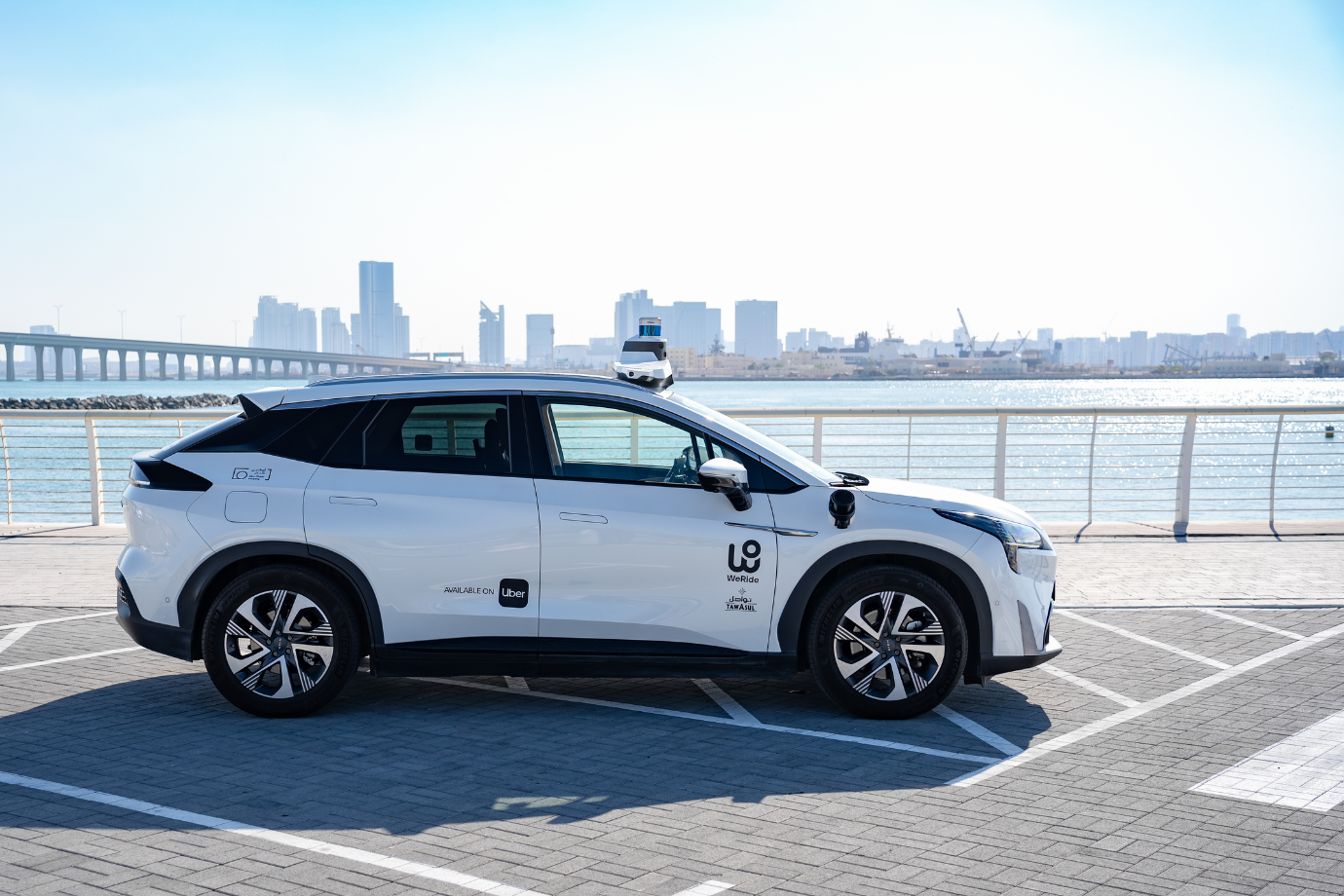Air India Dreamliner Diversions Raise Safety Alarm

In less than 48 hours, two Air India flights operating Boeing 787 Dreamliner aircraft experienced technical difficulties mid-air, prompting unscheduled landings. The incidents—occurring on consecutive days—have raised concerns over passenger safety and operational reliability, especially as Air India continues a major transformation under the Tata Group.
The latest incident occurred on Sunday, June 29, 2025, when Air India flight AI357, en route from Tokyo’s Haneda Airport to Delhi, diverted to Kolkata due to persistent high temperatures inside the cabin. The day before, flight AI639 from Mumbai to Chennai returned to its departure airport following a burning smell in the cabin.
Both aircraft landed safely, and no injuries were reported. The airline has confirmed that technical checks are underway, while India’s aviation regulator, the Directorate General of Civil Aviation (DGCA), is expected to investigate both incidents.
Flight AI357 from Tokyo to Delhi Makes Precautionary Diversion to Kolkata
Flight AI357, operated by a Boeing 787 Dreamliner, was scheduled to fly from Tokyo’s Haneda Airport to Delhi. Midway through the flight, passengers and crew began experiencing uncomfortably high temperatures in the cabin. While no emergency was declared, the decision was made to divert the aircraft to Kolkata as a precautionary measure.
Air India confirmed the situation in an official statement:
“Air India flight AI357 operating from Haneda to Delhi on 29 June 2025 made a precautionary diversion to Kolkata due to persistent warm temperatures experienced in the cabin. The aircraft landed safely and is currently undergoing checks.”
The aircraft landed without incident at Kolkata’s Netaji Subhas Chandra Bose International Airport, where ground support teams were ready to receive and assist passengers.
Passengers Offered Assistance as Alternate Travel Arrangements Made
Following the landing in Kolkata, Air India’s ground staff provided immediate support to the affected passengers. The airline arranged alternate transport options to ensure the travelers would reach their original destination, Delhi.
An Air India spokesperson added:
“We regret the inconvenience caused to our passengers.”
The airline reiterated its focus on safety, stating that both the diversion and the aircraft checks were carried out as part of strict adherence to aviation protocols.
Just a Day Earlier, Flight AI639 Returned to Mumbai Mid-Air
On Saturday, June 28, 2025, a similar incident occurred aboard Air India flight AI639 from Mumbai to Chennai. Shortly after takeoff, the crew detected a burning smell inside the cabin and opted to return to Mumbai.
According to the airline’s official statement:
“The crew of flight AI639 made a precautionary air return due to a burning smell in the cabin. Our colleagues in Mumbai provided all necessary assistance to passengers to minimise inconvenience.”
The aircraft landed safely, and passengers were later flown to Chennai on a replacement aircraft.
Boeing Dreamliner Again in the Spotlight for Technical Concerns
Both incidents involved Boeing 787 Dreamliners, reigniting concerns around the reliability of the aircraft. While praised for its fuel efficiency and passenger comfort, the Dreamliner model has faced increasing scrutiny over the years due to recurring issues including cabin pressurization, electrical faults, and structural inconsistencies.
Globally, Boeing’s Dreamliner fleet has been subjected to multiple safety reviews and manufacturing quality audits. These latest Air India incidents are likely to intensify regulatory oversight, especially in India, where the aircraft type is central to the carrier’s long-haul operations.
Industry experts have noted that while isolated issues can occur in any fleet, the timing of two incidents back-to-back involving the same aircraft model cannot be ignored.
DGCA Expected to Seek Detailed Reports on Both Diversions
With both events occurring in close succession, the Directorate General of Civil Aviation (DGCA) is expected to demand comprehensive reports from Air India. Investigations will likely focus on the maintenance history of both aircraft, recent engineering logs, and crew testimonies.
The DGCA’s findings may influence operational protocols and could trigger further inspections of Air India’s Dreamliner fleet. Historically, the regulator has taken a strict stance when it comes to passenger safety and recurring technical faults.
Aviation authorities globally are also paying closer attention to Boeing aircraft, with the 787 model receiving enhanced surveillance from multiple watchdogs over the past year.
Air India’s Transformation Faces New Challenge
Under the Tata Group, Air India has embarked on an ambitious strategy to revamp its operations, fleet, and global brand image. A cornerstone of this transformation is the modernization of its aircraft, including significant investment in Boeing and Airbus models.
Air India placed one of the world’s largest-ever aircraft orders in 2023, which included new Dreamliners. These recent incidents, while managed efficiently by the airline, present a test to its renewed commitment to operational excellence.
A senior Air India official commented anonymously:
“We’re focused on building a safe, modern, world-class airline. Any technical issue, no matter how small, is treated with the utmost seriousness.”
Ground and Technical Teams Investigating Aircraft Faults
Both aircraft involved have been grounded pending detailed inspections. Air India’s engineering teams, along with Boeing specialists, are conducting technical evaluations to identify the root cause of each incident. While no conclusive findings have been made public yet, the aircraft that experienced cabin heating and the one with the burning smell are being prioritized for full diagnostics.
Additional inspections have been ordered across the broader fleet of Dreamliners to ensure continued safety and prevent any recurrence.
This preemptive measure is consistent with best practices in aviation safety, particularly when consecutive technical events occur involving the same model.
Passenger Reactions and Airline Response
Passengers onboard both flights reported discomfort and concern but largely appreciated the professionalism displayed by the crew. Several travelers posted on social media describing the situations, with most praising the calm communication and support they received during and after the diversions.
One passenger from flight AI357 posted:
“The cabin was getting warmer by the minute, but the crew was reassuring. We landed safely and were updated constantly.”
Air India also ensured that refreshments and logistical help were made available to all passengers once the aircraft landed, minimizing delays and further inconvenience.
Industry Implications and Trust in Aircraft Safety
These two incidents underscore the need for constant vigilance in commercial aviation, even among the most technologically advanced aircraft. While both flights landed safely and followed proper procedures, their occurrence within 24 hours raises legitimate concern among passengers and stakeholders.
For Boeing, the events add to a growing list of issues associated with its aircraft lines. For Air India, they serve as a reminder of the complexities involved in scaling operations while maintaining safety and reliability at every level.
Experts suggest that transparent reporting, proactive safety checks, and clear communication with regulators and customers will be crucial to managing this moment effectively.
Final Technical Checks Underway Before Aircraft Return to Service
As of the latest updates, both Dreamliners remain under technical review. Final clearance for a return to service will depend on the outcomes of the inspections now underway in coordination with Boeing, Air India’s engineering division, and regulatory authorities.
Air India has confirmed its full cooperation with the DGCA and any independent audits required. Passengers affected by both incidents have reportedly been compensated or accommodated with minimal delays, according to the airline.
The final technical reports will be essential in understanding the exact cause of each issue and ensuring such problems are not repeated in the future.







